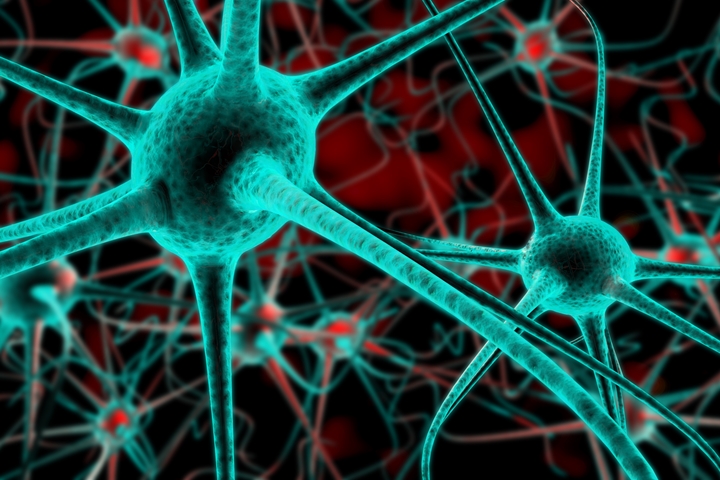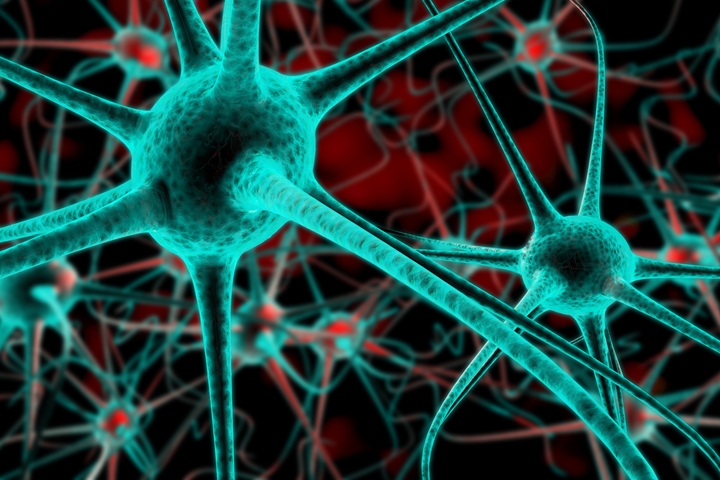
Autism spectrum disorder (ASD) has been the subject of many research projects in recent years. Several of these projects have found that the more severe cases of ASD involve differences in the way the brain’s nerve cells are organised. People with severe ASD often have an excessive number of connections between neurones. The obvious question this finding leads to is — why does it happen?
Neural connections will change as the brain develops. They are a key component of how the human brain learns and memorises new information. Neural connections can happen at any time, but the most significant changes occur between birth and the late teens.
Although the first signs of autism usually appear when a child is between one to two years old, a new study suggests that the physical manifestations of autism begin during embryo development.
Researchers made this discovery by using stem cells to observe how the neurones of people with severe ASD develop. They began by taking skin cells from ASD sufferers, then converting those cells into induced pluripotent stem cells (iPSCs). The iPSCs were then prompted to turn into neurones.
These cells were developed in three dimensions to create a miniature version of mature brain tissue, called an organoid. Creating an organoid allowed researchers to watch the development of autism from individual stem cells through to brain tissue with connections between neurones.
The researchers separated cells from the sample 5 times during its growth for closer analysis. They obtained the RNA of the cells to look at gene activity in the hope of identifying the specific genes involved in each step of cellular development.
They managed to identify three groups of genes that defined different stages in the developmental process: pre-neurone, neural stem cell, and maturing neurone. When compared to the brain cells of people without autism, the most significant differences in gene activity were in the earliest stages of development. This appears to cause the accelerated development of neuronal connections in people with autism.
The findings may someday lead to treatments that moderate the activity of genes and prevent autism from occurring at the embryonic stage.
Source: Stem cells used to trace autism back to the formation of neurons
{{cta(‘d62560c2-336a-4f88-9683-44a37a5bd7fd’)}}


